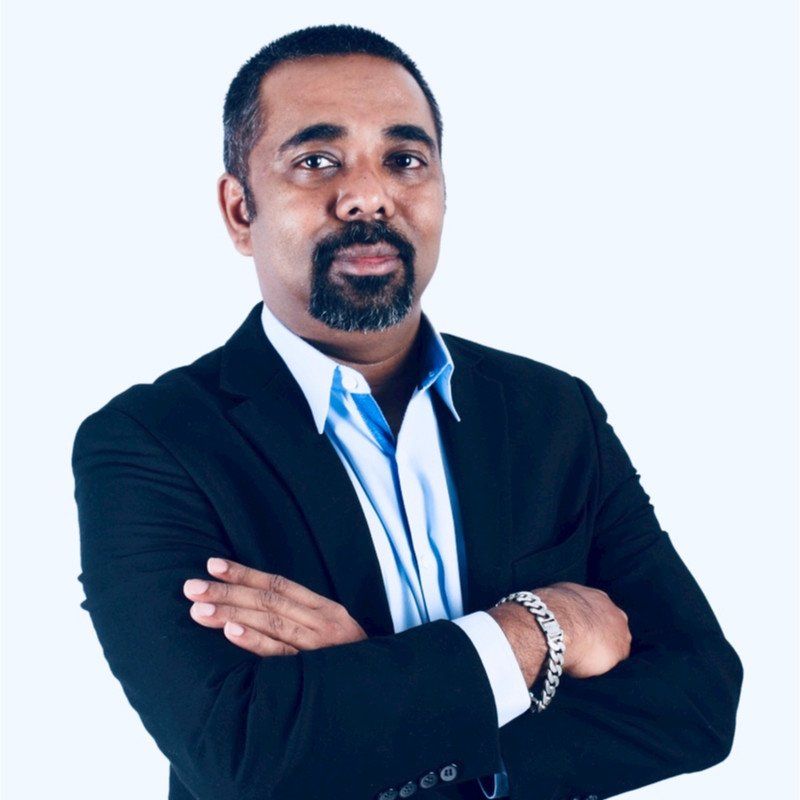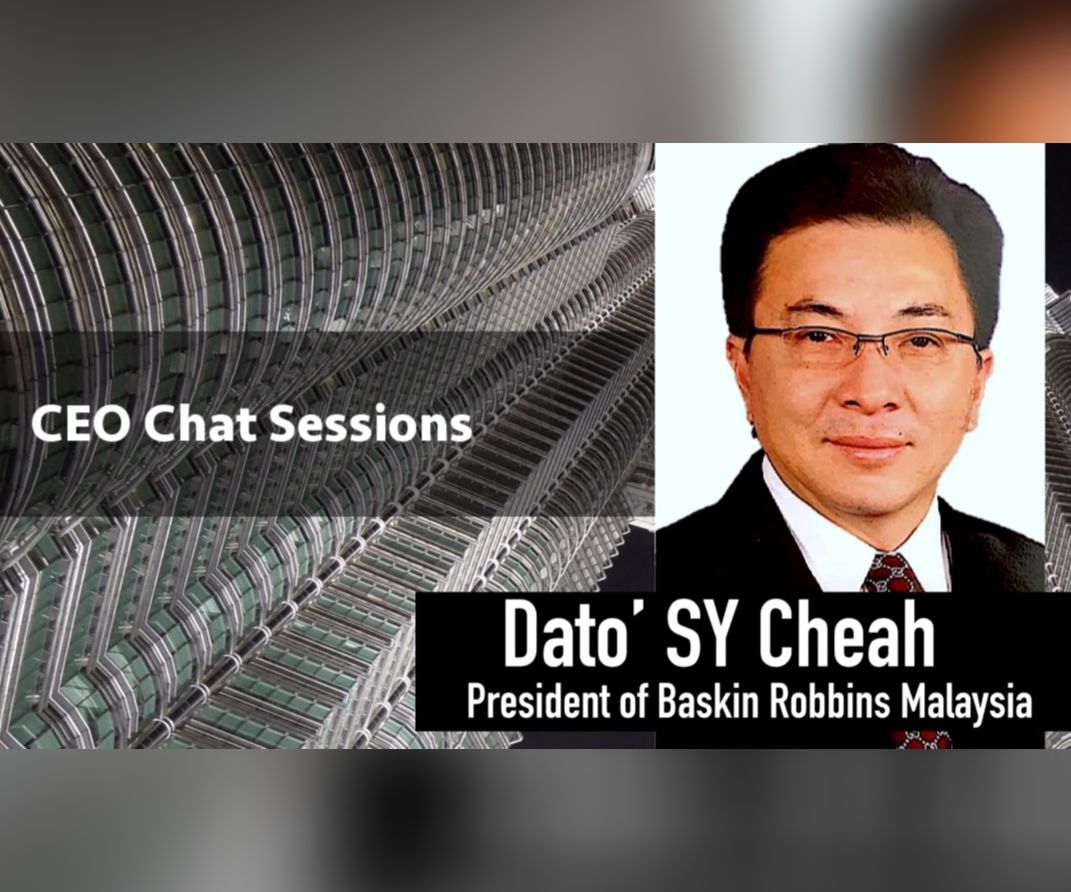Case Study: How We Initiate Change Management To Improve The Service Delivery Levels In Penang Island Town Council

People in the state of Penang demanded and succeeded in initiating change in the government in 2008. The new government of the day then had much ahead of them in terms of tasks to do and changes to be made. One key area of change that had to be effectively managed was improving the delivery of government services to the Penangites.
The government realised that the Penangites have high expectations on the services provided by the government, its agencies and the local councils. People are today experienced with the customer service levels and standards provided by the private sector and expect the government to make similar efforts to improve theirs.
In today’s modern technology and capacity, people can become quickly frustrated with essential services that are provided in a cumbersome and tedious manner. Anyone can quickly become dissatisfied and discouraged when dealing with government services for amenities, provisions and approvals that are built around systems catering to individual progammes and services. The delays involved in getting services, whether by going to an office or calling on the telephone are critisised. Furthermore, getting information directly or via online service portals or websites can be complicated too.
Simply said, the people expect services to be delivered quickly and accurately.
One of the programmes that has been initiated for service delivery improvement is the change management programme. The objective is essentially to effectively transform the Penang government service delivery system by building delivery standards around people’s needs and enable more effective services.
This article aims to provide an overview of the change management programme, highlighting the outlines of the framework adopted, the approach, and the methodology undertaken in these efforts of improvement.
The E3 Framework – Envision, Execute and Experience
In order to carefully and successfully embark on the programme, a pilot initiative was undertaken at the Penang Island Town Council (or MPPP – Majlis Perbandaran Pulau Pinang).
The change management programme in MPPP was driven by the recognition that the current model for government service delivery has not kept pace with community expectations around convenient access and quality of services and advances in technology. The legacy of the system that existed resulted in services that are often fragmented, inhibiting delivery standards from meeting the needs of the people, particularly those facing multiple disadvantages. Additionally, a number of macro-challenges, including developments in technology and a growing and ageing population, also posed some challenges.
The initiation of this programme was through the establishment of a service delivery improvement framework called Envision, Execute and Experience (E3). This framework was necessary to establish and anchor the mindset of change, being the only constant within the department that is seeking to improve the service delivery standards. It also drove the department to work with customers, stakeholders and external government agencies to develop a change that supports more efficient service delivery for Penangites. The change management was to be guided by methodology-based best practices with a focus on how world-class services can be adapted to the service delivery environment.
It is imperative that the old culture has to change to ensure that people are served properly, and that all staff work to their full capacity and treat state resources with care and respect.
This three-stage E3 framework will help a client attain world-class operational excellence. It is basically a process improvement project, whereby:
- end objectives are set (Envision stage).
- a plan is implemented to achieve them (Execute stage).
- sustainable changes are made within the organisation and become part of the organisational DNA (Experience stage).

Figure 1: E3 Framework
It is not just a once-only program. Changing a department into a performance-oriented organisation is a challenge and the transition for change requires perseverance. As management envisions its goals for public service, it will realise that a unified strategy and execution are vital pre-requisites. The organisation then begins to experience its ability to meet objectives and critical client needs. The E3 Framework is as shown in Figure 1.
Deploying the E3 Framework
The E3 Framework was developed as a three-stage approach for public servants who manage and operate government departments committed to serving people and to find ways to improve the delivery of services. This approach essentially requires them to be accountable for the quality of service provided. However, a public servant often unfortunately inherits service delivery tasks that are usually based on rules-bound approach which hinders the delivery of services to an approach that encourages innovation and is driven by results.
In other words, instead of looking for reasons why government cannot do something, they have to find better ways to deliver what people need. A key role has to be played by the leaders in public service in creating an environment effective for the staff, in the way they interact with customers. To enable this, they not only need to focus on motivating their staff, but equip themselves with the right tools to improve the way they work and implement the changes that improve the service delivery. Herein lies the need to have a simple yet effective framework to drive and inculcate change.
In deploying the E3 Framework, a methodology was adopted as there was a need to phase out the implementation and deployment of change management. The methodology was divided into four stages and a project management office was established with the right levels of sponsorship to ensure that there is integration and alignment within the department that is embracing change. The overview of the deployment is shown in Figure 2.

Figure 2: Deploying the E3 Framework
Every phase of the deployment had a set of unique objectives and deliverables. The project management office and steering committee were the first to be established for the governance and implementation management. The steering committee was tasked to provide a strategic direction and coordination. The objectives and deliverables for each phase were tailored to suit the needs of the department undergoing change management and their respective services that are being delivered to the public.
The Diagnostics and Scoping phase, the phase aligned to Envision within the E3 Framework, comprised of series of activities that will establish a clear assessment of the current state. There are many potential barriers that could exist in the service providing department, including inconsistent leadership motivation, Public Service Department rules and regulations, job security concerns, and a prevalence of undocumented processes. Additionally, there are some scenarios unique to the public sector that pose additional challenges, including scepticism about the authority, legislative controls, competing special interests, the election cycle, and term limits.
This phase focused on gathering operational setbacks that affected the quality of the services delivered and the barriers that create a burning platform. To start off, a vigorous collection of key performance indicators (KPI) data supported by the gathering of Voice of the Business, Voice of the Employee and Voice of the Customer data was embarked on.
This was then followed by a series of change management workshops that comprised of hands-on transformation simulation of a customer-driven services, tools and methodology for improving the service delivery and an interactive brainstorming session to identify the burning platform that was hampering the quality and delivery levels of current services.
The output of the brainstorming session and the KPI data were then further analysed to categorise the improvement opportunities and performance gaps. These were then classified into several improvement projects and then prioritised into implementation phases using a benefit and effort matrix tool. The implementation phases were identified based on quick wins, priorities based on current assessment and opportunities based on mid-term and long-term needs.

Figure 3: Diagnostics and Scoping Phase
The subsequent phases of change management are Design, Build and Test and Deploy. The phases Design and Build and Test are phases aligned to the Execute stage and the Deploy phase is aligned to the Experience stage of the E3 Framework.
The aim of the Execute stage is to address improvements and changes to the People, Process and Technology aspect of a government department. The focus is on the Transformation from “As-is” service levels to a “Future state” based on both efficiency and effectiveness (or in other words, productivity and performance).
The activities within the Execute stage, divided into the Design and Build and Test phases, incorporate the best practices of continuous improvement tools, methodologies and management systems such as Lean Six Sigma and Toyota Production System, Lean Enterprise and Kaizen. Such approaches strives to enhance customer service leading to sustainable organisational success and culture.
A common factor of these tools and methodologies, popularly known the DMAIC (Define, Measure, Analyse, Improve and Control) process, was assimilated into the E3 Framework.
The DMAIC methodology provides the means to improve the delivery of services using a disciplined and vigorous project-based approach. DMAIC is a proven methodology that brings numerous advantages when implemented properly. The main best practices that can be adopted within the government services sector includes embracing a constancy of purpose for continuous improvement based on a consistent underlying robust methodology.

Figure 4: The DMAIC Process
The success of the improvement project requires not only a focal point of expertise that is empowered to establish the DMAIC methodology as an executable programme via training and practice but an active working level involvement and participation of departmental members (whose services are affected) with the skilled facilitators who are usually engaged externally.
The DMAIC methodology can be described as a five-step continuous improvement process as shown in Figure 4.
Some of the key challenges of the Execute stage includes the fear of change and job security. The way to address these challenges includes:
- Building trust to remove fear – Employees will not lose their jobs as a consequence of an improvement project.
- Communicate the vision to all stakeholders – The key leadership positions have been in place for lengthy periods of time.
- Initiate long-term cultural change – Measuring the time to success in years rather than weeks or months.
The final stage within the E3 Framework is the Experience stage. The Experience stage focuses on achieving step-change in service delivery and creating as well as inculcating a culture of continuous improvement, where the improvement of service deliveries are driven, lead and executed by the people that manage and operate the department itself.
The key activity for the success in this Experience stage is the working relationship between the programme’s external facilitator and each department or operating unit. This working relationship is managed and monitored by an organisational champion, and in the case for MPPP, the council secretary.
The champion will serve as a useful communication link so that information from the project team is presented to employees, management and the public representatives such as the city councillors via a managed forum.
The knowledge developed by the project team will also serve as real experience in improving the service delivery levels, which includes the knowledge of using basic tools for improving the processes and quality of the services delivered. The practical knowledge of using these simple tools will enhance its acceptance among both managers and staff, creating a sense of mutual understanding and transparency.
Subsequently a training programme would be developed and deployed over a longer time to function as a knowledge base of improving the quality levels of services delivered. This knowledge base will enable public servants to experience firsthand the effect the tools can have on improving their work processes, and therefore motivate them to take active participation in future projects.
Other employees looking at project results will further understand how the tools are being applied and become less intimidated. It often results in active participation for membership on subsequent project teams. Examples of the toolset that are developed into the knowledge base are shown in Figure 5.

Figure 5: DMAIC Process – Basic Toolset E3 Framework in MPPP and the Lessons Learnt
The pilot change management deployment in MPPP successfully adopted the E3 Framework, after overcoming several barriers. For MPPP, the opportunities for change management are great, but only if the obstacles to implementation are well understood. The leadership and employees at all levels must participate, and importantly, the leaders need to appreciate that each employee needs to personally benefit from the change management programme.
What was clear in the effort to improve the quality and delivery levels of services in MPPP was the need for a clear and simple framework and implementation methodology. The E3 Framework essentially addressed the strategy and direction from the leadership in terms of “what needs to be done” and the DMAIC methodology addressed the implementation in terms of “how it will be done”.
Improvement of the quality and standards of the service delivery levels in MPPP requires tremendous management flexibility within all departments and functions. The E3 Framework and DMAIC methodology enable this flexibility and adaptability with its simple and vigorous structure and process.
However, the foundation for success is support, and the support needs to be fostered at the highest levels. That is, the organisation as a whole must be committed to the infrastructural and cultural transformations that are needed for the change management.
This is a comprehensive case study on how the authors drove change in Penang. Dr Arul is also a faculty of Leaderonomics and has worked in the past few years to support the state government to drive change and growth. He is currently based in Laos where he hopes to build hospitals for the community there. To engage with the writers for change management programmes in your organisation, email training@leaderonomics.com.
Business
Tags: Transformation & Change
Arul is currently an independent consultant working on improving the component level supply chain for a popular electric vehicle brand and also enabling the disruption of delivery services with cloud based technology solutions. He formerly was with GEODIS as the regional director of transformation and as the MD of GEODIS Malaysia. In GEODIS, he executed regional transformation initiatives with the Asia Pacific team to leapfrog disruption in the supply chain industry by creating customer value proposition, reliable services and providing accurate information to customers. He has driven transformation initiatives for government services and also assisted various Malaysian and Multi-National Organisations using the Lean Six Sigma methodology.





